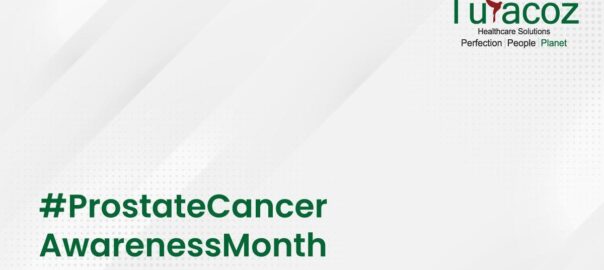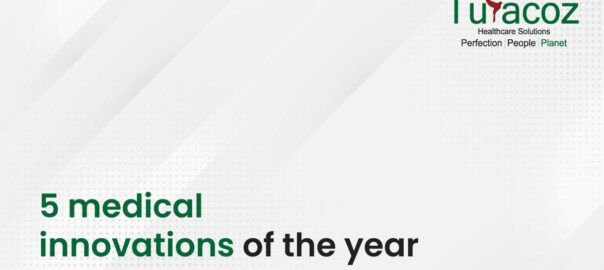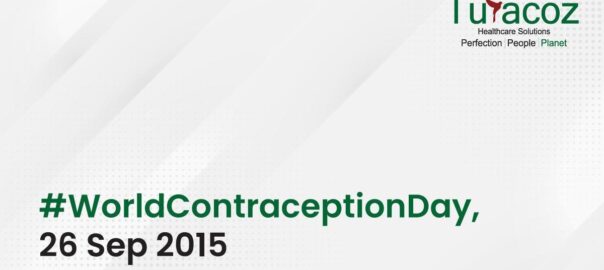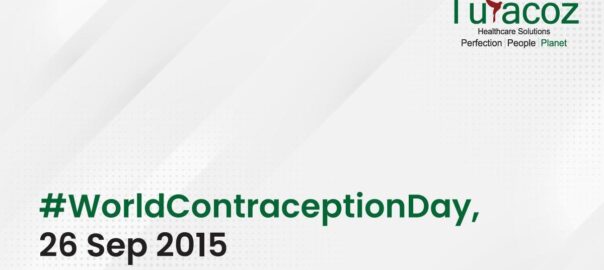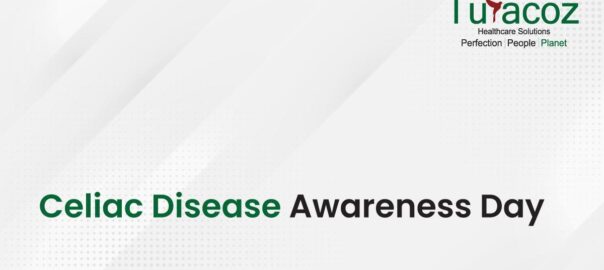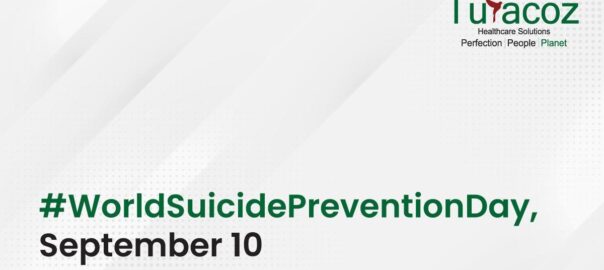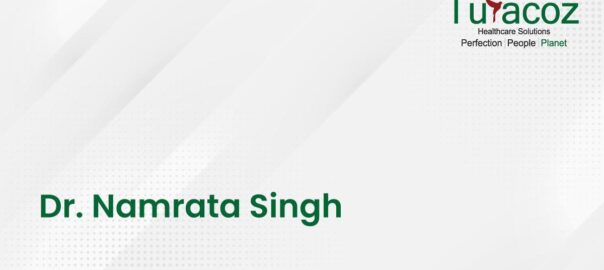September is Prostate Cancer Awareness month
Globally, prostate cancer is the second most frequently diagnosed cancer in men and the fifth most common cancer.
It accounts for 13.6% of the total cancer incidences in men worldwide, following lung cancer.
In contrast to the prostate cancer trends in western countries, incidence and mortality rates are increasing in some Asian and Eastern European countries.
What’s the score?
- The worldwide prostate cancer burden is expected to grow to 1.7 million new cases
- About 6 cases in 10 are diagnosed in men aged 65 or older, and it is rare before age 40.
- 499 000 new deaths by 2030 simply due to the growth and aging of the global population
- Incidence rates are highest in Australia/New Zealand (104.2/100,000), Western and Northern Europe, North America.
Where do we stand?
- Prevalence of prostate cancer in India is far lower as compared to the western countries.
- Increased migration of rural population to the urban areas, changing life styles, increased awareness, and easy access to medical facility are the reasons for the growing number of prostate cancer cases in India.
Risk factors
Ethnicity: Incidence of prostate cancer is higher in Black people.
Family history: Having a father or brother with prostate cancer increases the risk of a man getting this disease.
Age: Growing prevalence seen after the age of 50. It is very rare in men younger than 40.
Diet: Red meat, high-calcium containing dairy foods or high-fat dairy products might also increase risk.
How well you know your prostate health
Signs and Symptoms
Symptoms often become apparent only when the prostate is large enough to affect the urethra (the tube that carries urine from the bladder to the penis). Major symptoms of prostate cancer in human include:
- Frequent urination or nocturia (getting up multiple times at night to urinate)
- Difficulty in starting urine stream
- Blood in semen or urine
- Bowel incontinence
- Erectile dysfunction
- Pain in bones, especially in the lower back, hips, and ribs
Classification of cancer
Classification of the stages of prostate cancer is based on TNM:
T– Primary tumor
N– Tumor at regional lymph nodes
M– Distant metastases of cancer
To reduce the risk of Prostate cancer it’s time to get tough on prostate cancer
- Maintain a healthy body and appropriate body weight
- Proper exercise and physical activity daily
- For men, who have at least one first-degree relative affected with prostate cancer, the screening tests are recommended as early as 45 years.
- Reduce alcohol consumption to two drinks per day and avoid sugary drinks
- Increase regular intake of diet rich in fibers such as vegetables, fruits, cereals/grains and legumes A healthy diet with more of vegetable oils and nuts could also benefit people
- Limit salty food consumption and foods processed with salt
- Restrict intake of red meat (beef, pork, lamb) and processed meat
- Avoid deep fried food, heating the food at high temperatures and also reusing the cooking oil
It’s time to man up for diagnosis!
- Some screening tests recommended at the age of 50 include,
- Rectal examination
- Prostate Specific Antigen (PSA) test
- Transrectal ultra sonography (TRUS)
- Ultrasound guided biopsy.
- Bone scan using low-level radioactive material
- Computerized tomographic (CT) scan
- Lymph-node biopsy

